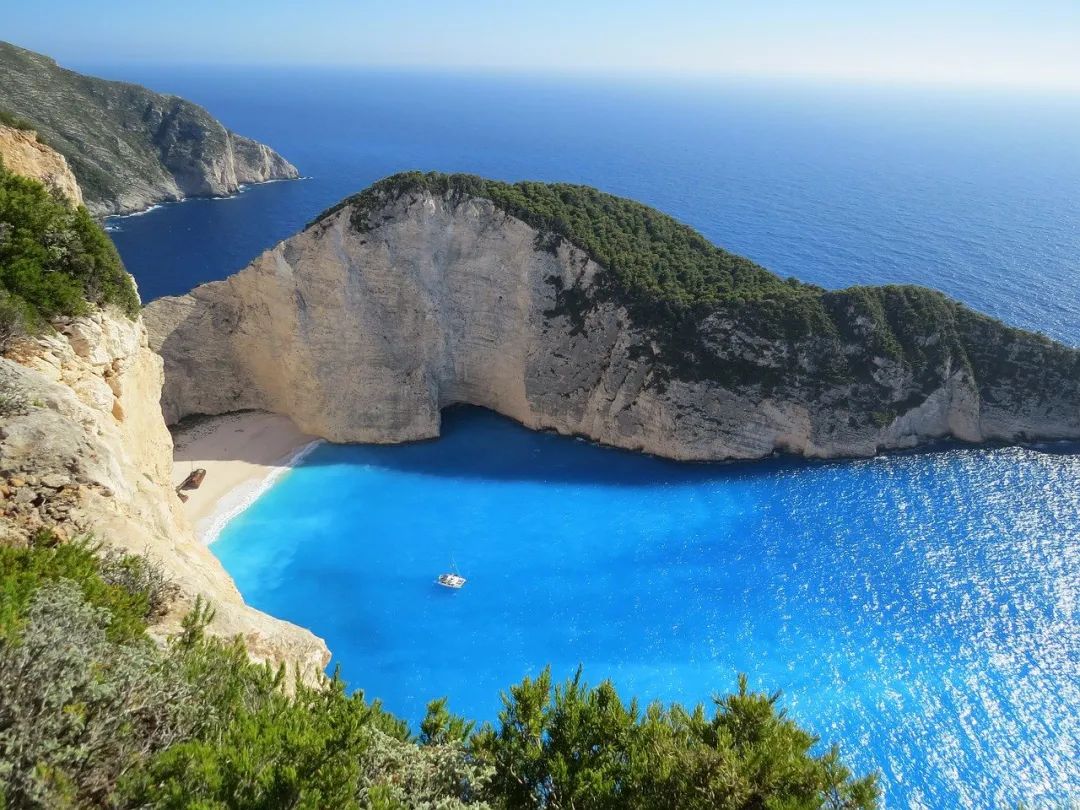六级写作快速提高精讲(36)

The Leaning Tower of Pisa
The leaning tower has never been straight. Not long after work began in 1173, the foundation settled unevenly, and the tower started inclining toward the north. Evidence for this initial incline can be seen in the design of the tower itself: to keep the first few stories level, worker, make the columns and arched of the third story on the sinking northern side just slightly taller than the features on the southern side. Political unrest in Pisa halted construction in 1178, in the middle of work on the fourth level. Work resumed almost 100 years later, in 1272, and by that time, the tower had tilted to the south the direction it still points today. Again, designer hoped to correct the lean, this time by adjusting the height of the fifth story, making the southern side somewhat taller than the northern side. In 1278, with seven stories completed, work on the tower ceased once again because of political unrest. By 1292, the towers tilt was so obvious that a group of masons were asked to investigate the problem the first of many commissions to study the tower appointed over the past 700 years.
The eighth story and final addition, the bell chamber, was built between 1360 and 1370. Once more, architects attempted to correct for the southward lean, this time by angling the bell chamber northward. These efforts, combined with the slow time scale of construction, have so far prevented the tower from topping(倒塌) over.
Throughout the monuments history, architects and engineers have attempted to halt the lean, but since regular monitoring began in 1911, the offset(偏移) at the top of the tower has increased at a fairly consistent rate of about 1.2 millimeters each year. Today the top of the tower is 5.227 meters off-center, visibly leaning south. Fears about the safety of the landmark became acute when a similarly constructed bell tower at the Cathedral at Pavia collapsed suddenly in 1989. Shortly thereafter, the tower at Pisa was closed to visitors.
In 1990, a special commission, composed of Italian and foreign experts in the fields of structural engineering, geotechnical engineering, history of art and restoration of monuments, was brought together by the Italian government to determine new ways to save the tower. The Tower of Pisa Project Consortium has supervised several projects that have stabilized the structure and slowed the rater of its incline.
Initial efforts focused on the exterior of the tower, but in the next few months, other, more radical techniques will be tried to halt the towers lean. There methods will be applied directly to the soil, modifying the towers footing. Large-scale filed trials are now under way at the Miracle Square, where the tower stands, but all work is being done far from the monument itself to guard against the possibility that altering the ground too close to the tower could eventually damage the building.
The ultimate goal is not to straighten the tower. Because the structure tilted in different direction during the early stages of construction, it became curved like a banana and will never stand truly upright. Instead, the experts and engineers hope to ease its top back some 10 or 20 centimeters. With luck, their efforts will keep the landmark standing into the next century, when a new generation of scientists will tackle the 800-year-old problem of the leaning tower of Pisa.
The Leaning Tower of Pisa
The leaning tower has never been straight. Not long after work began in 1173, the foundation settled unevenly, and the tower started inclining toward the north. Evidence for this initial incline can be seen in the design of the tower itself: to keep the first few stories level, worker, make the columns and arched of the third story on the sinking northern side just slightly taller than the features on the southern side. Political unrest in Pisa halted construction in 1178, in the middle of work on the fourth level. Work resumed almost 100 years later, in 1272, and by that time, the tower had tilted to the south the direction it still points today. Again, designer hoped to correct the lean, this time by adjusting the height of the fifth story, making the southern side somewhat taller than the northern side. In 1278, with seven stories completed, work on the tower ceased once again because of political unrest. By 1292, the towers tilt was so obvious that a group of masons were asked to investigate the problem the first of many commissions to study the tower appointed over the past 700 years.
The eighth story and final addition, the bell chamber, was built between 1360 and 1370. Once more, architects attempted to correct for the southward lean, this time by angling the bell chamber northward. These efforts, combined with the slow time scale of construction, have so far prevented the tower from topping(倒塌) over.
Throughout the monuments history, architects and engineers have attempted to halt the lean, but since regular monitoring began in 1911, the offset(偏移) at the top of the tower has increased at a fairly consistent rate of about 1.2 millimeters each year. Today the top of the tower is 5.227 meters off-center, visibly leaning south. Fears about the safety of the landmark became acute when a similarly constructed bell tower at the Cathedral at Pavia collapsed suddenly in 1989. Shortly thereafter, the tower at Pisa was closed to visitors.
In 1990, a special commission, composed of Italian and foreign experts in the fields of structural engineering, geotechnical engineering, history of art and restoration of monuments, was brought together by the Italian government to determine new ways to save the tower. The Tower of Pisa Project Consortium has supervised several projects that have stabilized the structure and slowed the rater of its incline.
Initial efforts focused on the exterior of the tower, but in the next few months, other, more radical techniques will be tried to halt the towers lean. There methods will be applied directly to the soil, modifying the towers footing. Large-scale filed trials are now under way at the Miracle Square, where the tower stands, but all work is being done far from the monument itself to guard against the possibility that altering the ground too close to the tower could eventually damage the building.
The ultimate goal is not to straighten the tower. Because the structure tilted in different direction during the early stages of construction, it became curved like a banana and will never stand truly upright. Instead, the experts and engineers hope to ease its top back some 10 or 20 centimeters. With luck, their efforts will keep the landmark standing into the next century, when a new generation of scientists will tackle the 800-year-old problem of the leaning tower of Pisa.









